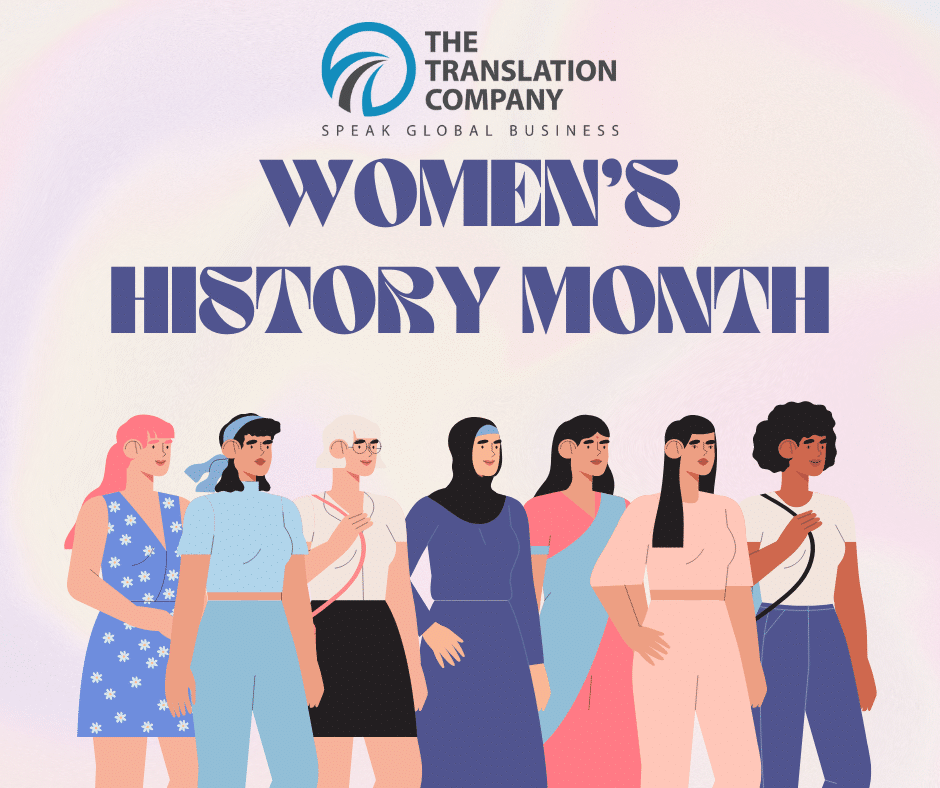Breaking Language Barriers: The Rise of Translation Services in 2024
Posted on:
As global communication becomes increasingly digital, the demand for translation services is skyrocketing. Here’s what you need to know.
In today’s interconnected world, language is no longer a barrier. With the rise of digital communication, businesses and individuals alike are seeking to bridge the linguistic divide and reach new audiences. According to recent forecasts, the demand for translation services is expected to reach new heights in 2024. But just how many people will be using translation companies in the next year?
The answer lies in the growing need for global connectivity. As more companies expand their operations into international markets, they require accurate and reliable translation services to communicate effectively with customers, partners, and employees. This demand is not limited to large corporations alone – small businesses and individuals also need translation services to connect with global communities, share their ideas, and grow their brand.
According to a recent report by Grand View Research, the global translation services market is expected to reach USD 56.59 billion by 2024, growing at a CAGR of 8.6% during the forecast period. This surge in demand is driven by the increasing use of social media, e-commerce, and digital marketing, which requires seamless language translation to reach a broader audience.
In 2024, we’re already seeing an estimated 20 million individuals and businesses relying on translation companies to facilitate cross-cultural communication. As we head into the final quarter of the year, it’s clear that this number will continue to grow as companies adapt to the changing landscape of global communication.
As the language services industry continues to evolve, it’s clear that translation companies will play a crucial role in facilitating global understanding and connection. With accurate and timely translations, businesses can break down language barriers and tap into new markets, ultimately driving growth and success. As we look ahead to the next year, one thing is certain – the importance of translation services will only continue to grow.














